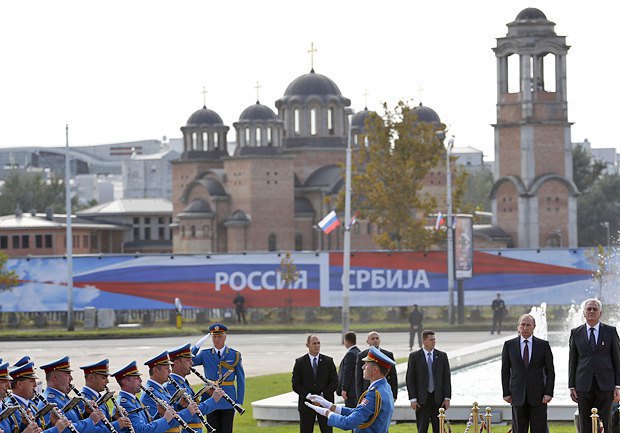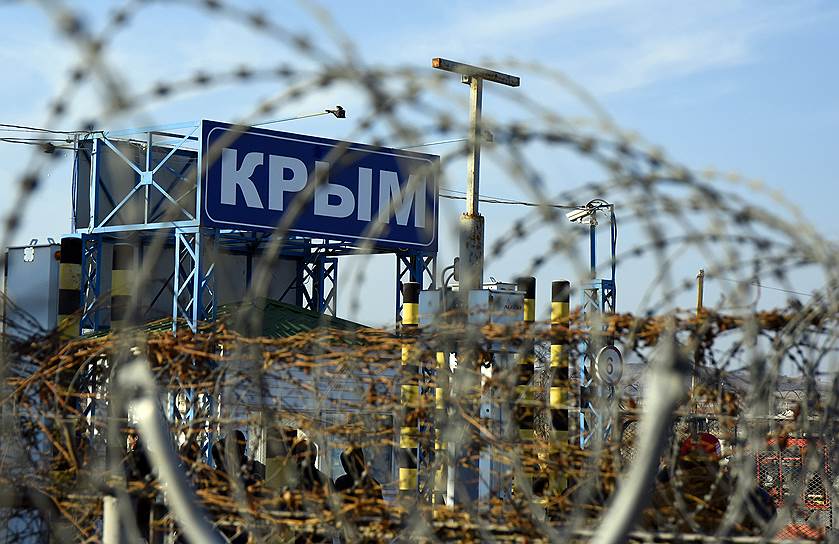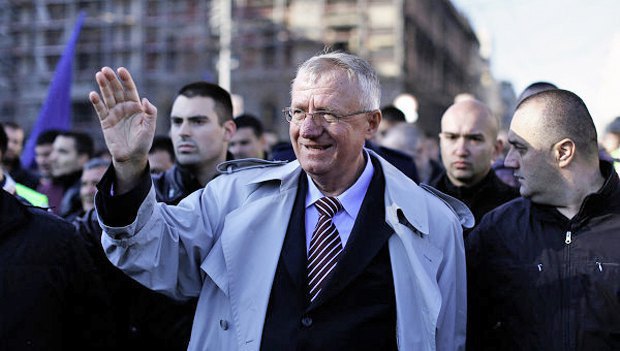
"People associated with the Kremlin are openly promising Serbs that Russians will soon come to this land, occupy the whole of Europe and bomb all the enemies of Serbia. To explain the need for this, they are trying to instill a thought that NATO and the EU are demonic, satanic forces dreaming of destroying or enslaving the Balkans. Unfortunately, due to the bombings in 1999 a part of the population is still inclined to believe such things. The worst of all is that such views are mostly spread by members of youth organizations. Their leaders, who have great political ambitions, get invited to Moscow, advised and guided by the Kremlin," Vencislav said.
Among these organizations, according to the analyst, are Obraz, Zavetnici, Treca Srbija (Third Serbia), Istocna alternativa (Eastern Alternative), Nacionalni stroj (National System) and others. In Vencislav’s opinion, approximately 20% of the population is being subjected to this propaganda, and as much as 50-60% of Serbia's population is prepared to believe a softer version of Russian propaganda. Serb nationalists maintain active contacts with the Russian "brothers". Vencislav Bujic himself happened to attend a meeting with Sergey Lushch from the pro-Kremlin organization Young Russia (Minsk, Belarus).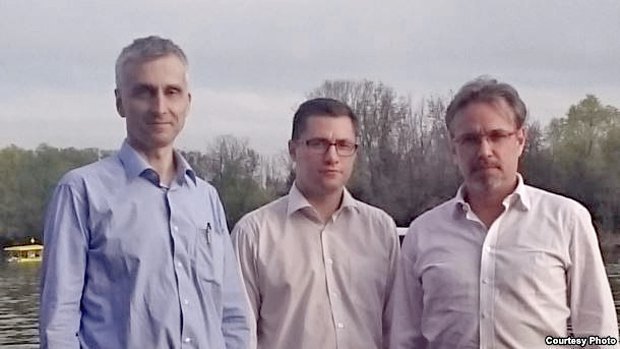
"At this meeting, he spoke very openly about their plans to destabilize Serbia. In particular, Lushch said that he needed to have his men in each city of Serbia with a population of more than 20,000 people. The main task of these people and organizations is to gain the trust of the local population, often through active social work and landscaping improvements. Lushch emphasized that these activists, up to a certain moment, should not brandish their pro-Russian orientation and never criticize the pro-Western course of development in public," Bujic said.
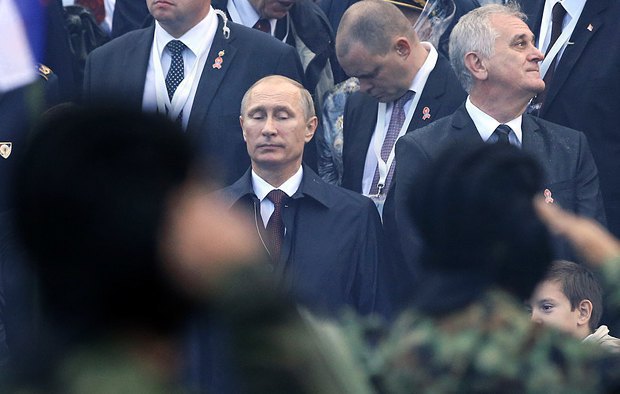
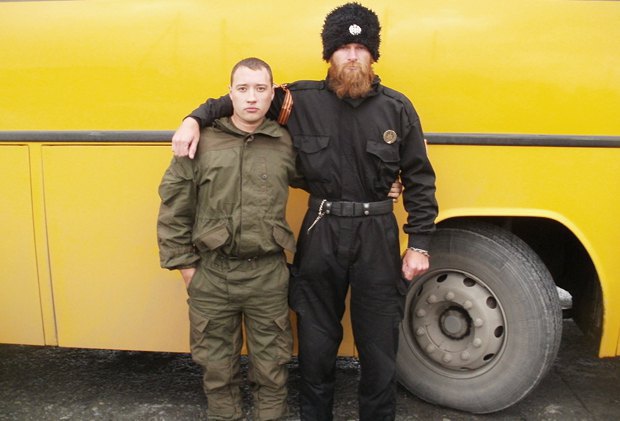
"The Serbs were mostly engaged in 'counter-intelligence' operations against the so-called 'agents of the Right Sector' and dealt with unrestrained criminals. The majority of Serbs did not even speak Russian, therefore they mostly participated in the arrests of suspects, their delivery, as well as torture and executions, while the interrogation of detainees was done by the investigators of the Russian FSB. [Chechen leader Ramzan] Kadyrov's men were mostly used for patrolling when it was necessary to intimidate the population. They are good at this," Olga says. "Those Serbs who spoke Russian openly said that here they were still fighting the war which they waged in Croatia," Olga, a refugee from occupied Horlivka, added.
The largest scandal involving Serbian nationalists was the recent failed coup in Montenegro when the Montenegrin authorities openly said that the terror acts and coup had been plotted by Russia planning to use Serbian radicals for this purpose. By the way, Serbian Wolves leader Aleksandar Sindelic was identified as the main organizer of the coup. In the meantime, Vencislav Bujic is confident: Moscow's aggressive plans in the Balkans will not be limited to the "Montenegrin failure.""When Russian Deputy Prime Minister Dmitriy Rogozin came to Serbia to meet the leader of the Serbian Radical Party, Vojislav Seselj, at the beginning of 2016, he put it straight that the most important priorities for the Kremlin now are Montenegro and Macedonia. I learned this directly from the people close to Seselj. Rogozin used it as the reason to explain why he did not have the money to support the Serbian radicals at the moment. I understand why he has singled out these two priorities. Montenegro is about to join NATO, while Macedonia stands in the way of the Turkish Stream [pipeline project] in which Russia is involved. Of course, Putin and his entourage do not want it to cross the territory of countries in the sphere of Western influence," he said.
